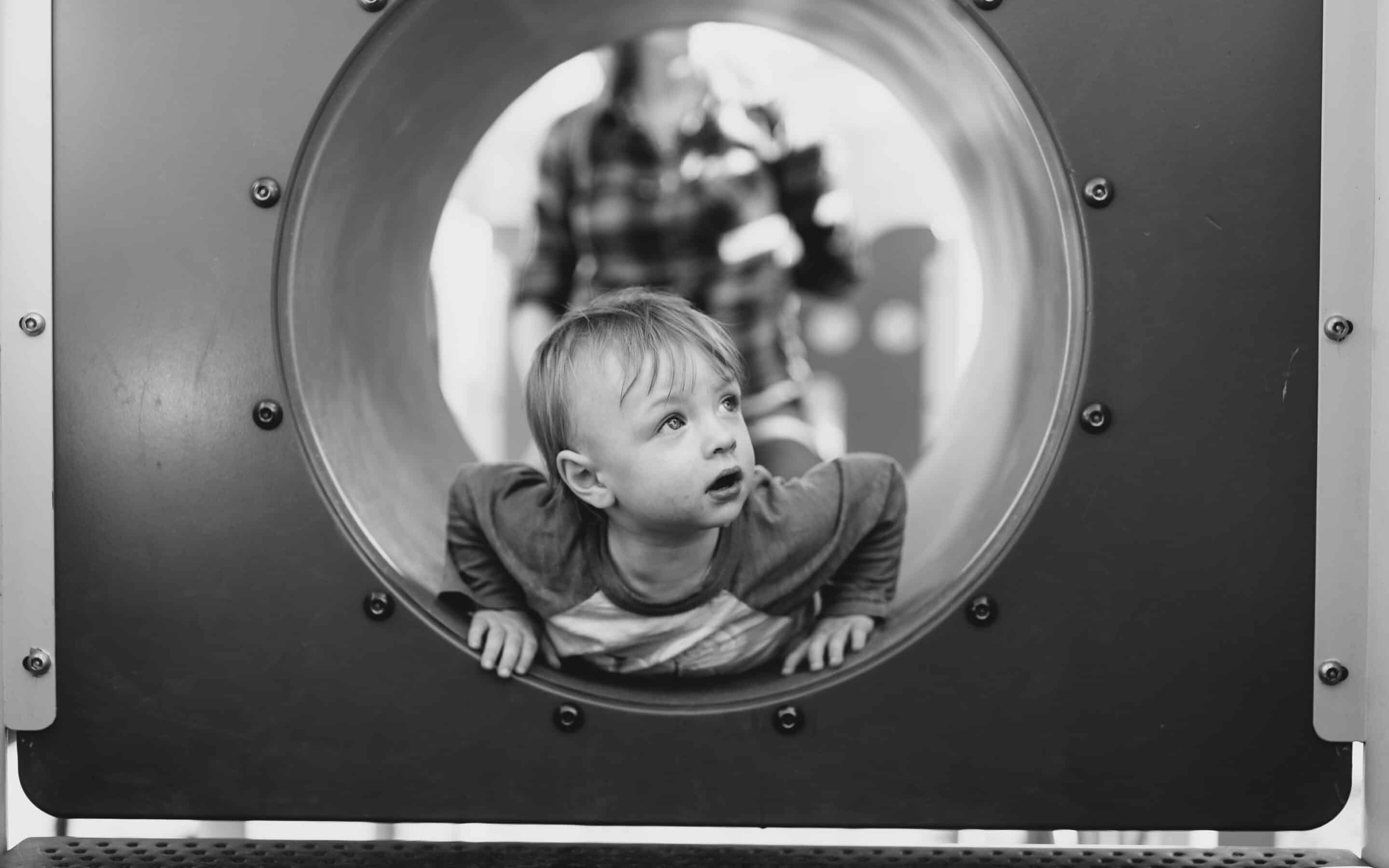
Obstacle Courses
From a child development and sensory point of view, there is nothing our therapy kids enjoy more than designing and going through an obstacle course. Imagination and your comfort level are your only restrictions as you find safe things to climb over and crawl under and through. You can fit in a whole variety of stimulation in one obstacle course, but why is this such a great method anyway?
Obstacle courses are a way of reaching many different goal areas within a very short period of time while having a lot of fun. Often, children who are not as cooperative with certain activities like fine motor and handwriting, will gladly do them as a part of an obstacle course. Most of the kids we see at our clinic have some kind of sensory issue, hypersensitive or under-responsive or often a mixture of both. We need to reach their nervous system to help them integrate all of the sensations that are constantly coming in and help them be able to form a better response instead of becoming overwhelmed or tuning out. Our obstacle courses usually have a vestibular component such as a swing that spins, proprioceptive component such as bouncing on the trampoline, and also incorporate motor planning and other tasks. (Please see earlier blogs that discuss Vestibular, Proprioception & Motor Planning for more information)
That’s how it is at the therapy clinic. Most people do not have rotating swings at their home or trampolines or tunnels or climbing walls or ball pits or ziplines like we have. But, if you are creative and aware of what you do have at home, you can still come up with a good variety of activities to achieve the same effects. For example, a spinning office chair provides nice vestibular input. Can the child lay over it safely or curl up on it? Then his/her head will be in a different position. Remember that it is easy for some people to overdo it with vestibular input (think the worst rollercoaster ride) so please consult with your therapist for guidance. If you have a big exercise ball or even a playground ball, rolling over that on the belly or back will also give vestibular input. Rocking a small child in a chair or blanket is another example. Think about the head moving in different planes, not staying still. Because vestibular input is so stimulating, it should always be followed by heavy work. That will help the brain calm down. Start small and work your way up if necessary.
For your proprioceptive part(s), you can use almost anything you can think of that will be some kind of heavy work to the muscles and joints. Bear walking, crawling under cushions or a heavy blanket, just regular crawling a distance, pushups or pullups, carrying something heavy, pulling something resistive such as a heavy object with a rope are all examples of proprioceptive activities. For those of you who have learned the Wilbarger protocol involving the scrub brush, the joint compressions are proprioceptive. If you are outdoors, add in your outside toys (bikes, balls, swings, skateboards, water toys). Indoor courses can use seat cushions, blankets, tables, small balls, appropriate toys, etc. Whatever you can think of that is a little challenging. Just be specific in how to do it and how many times (i.e. jump up and down in place 4 times while clapping).
Here is an example of an indoor home obstacle course: 1) While standing, spin three times to the right and three times to the left making sure to look at the same place when stopping and starting; 2) crawl under the dining table and back again; 3) frog jump across the room; 4) place three puzzle pieces in the puzzle; 5) write 5 letters on lined paper. And repeat! Start with the vestibular and gross motor and do the fine motor last. The kids may want to design more and more courses, but you need to be aware of overstimulation and may want to forego the vestibular components after awhile.
Kids are more willing to participate in activities they come up with on their own. They really have a sense of pride when they help. We usually modify our obstacle courses to meet the specific child’s needs and help the kids by coming up with choices. Whatever choice they make still meets our goals. Some kids just need three activities and some can do more. Part of the aim is to do them in the same order every time. You can –or your child can- write down the activities, or draw simple pictures as reminders and then see if they can remember the sequence by heart. Part of the fun is repeating the sequence over and over but with an end goal, not until it becomes boring. So, maybe when the puzzle is completed or the alphabet is done. You can always just say three times and then allow changes. Some kids will find remembering the sequence and staying within the specific parameters the biggest challenge, not the activities themselves. It is especially important for these children to repeat their obstacle courses a few times before changing activity. They can write the number they are on or just a tally mark, and when they get to the end, they will know. Three and done, or whatever you agree on.
Obstacle courses are super fun for the whole family, not just one child at a time, and you can have more than one person going through it at once for some great silliness. It can also be a good exercise for your child to design one for the grownups and to observe and make sure you are doing everything right. The most important thing to remember is that this should be fun and play, not a chore. Children learn best when they are enjoying what they are doing. Don’t we all?
Nancy E.A. Weiss, MOT, OTR/L
